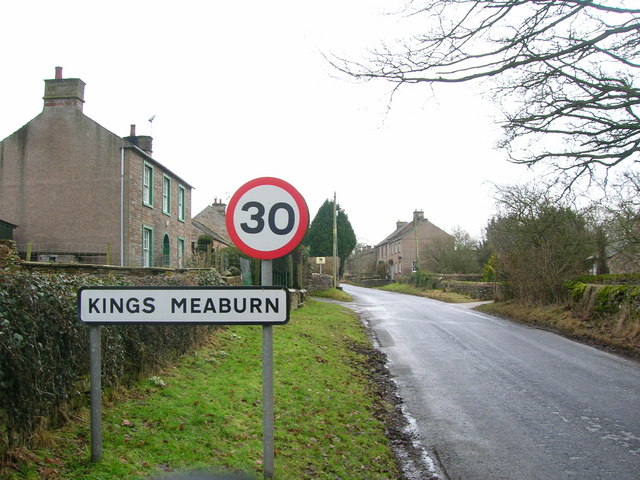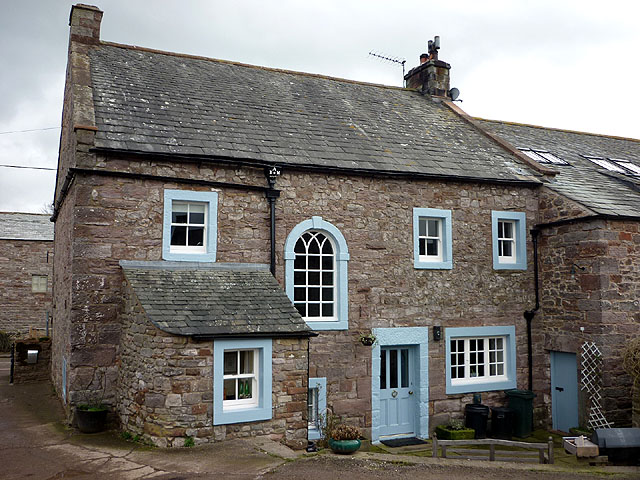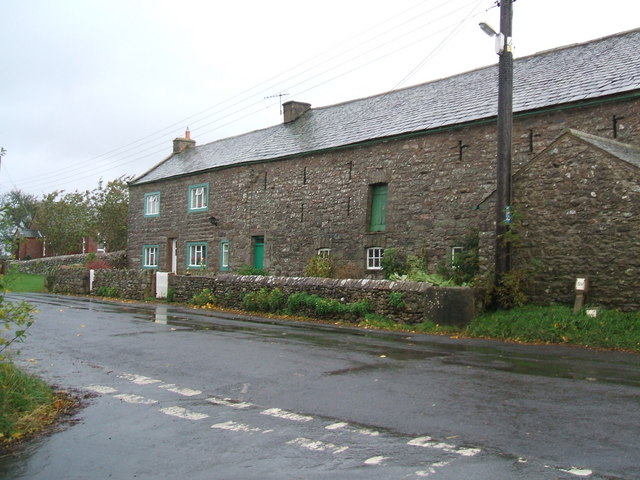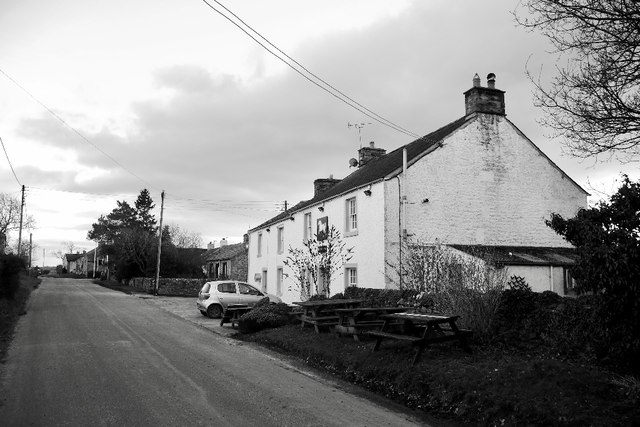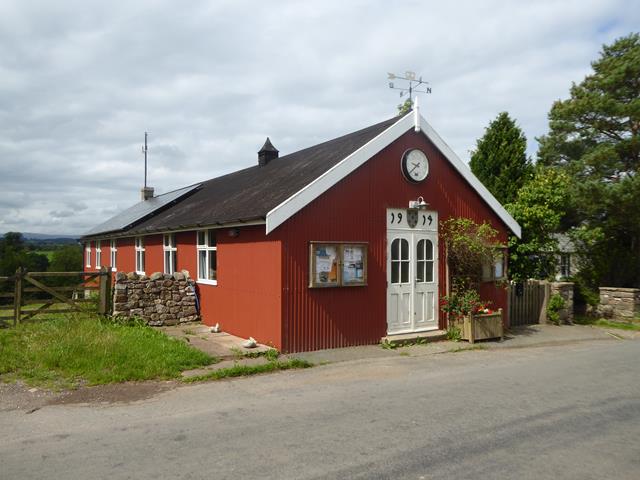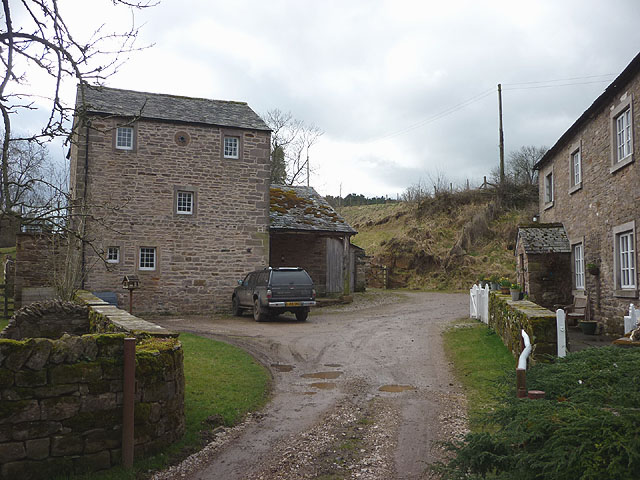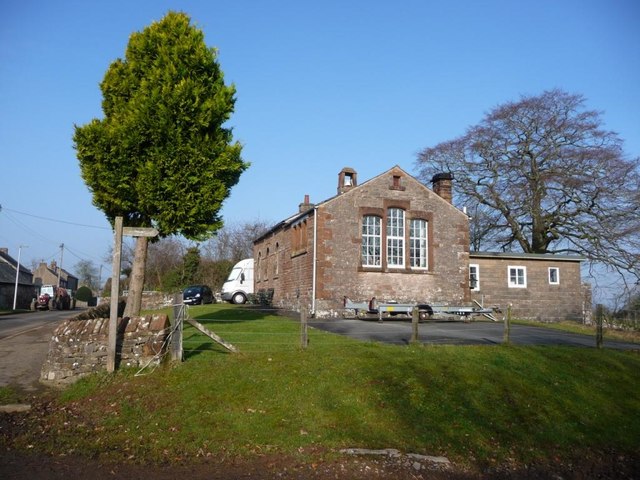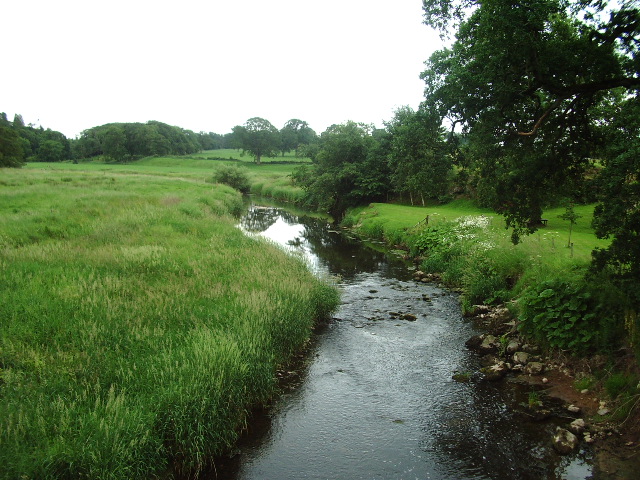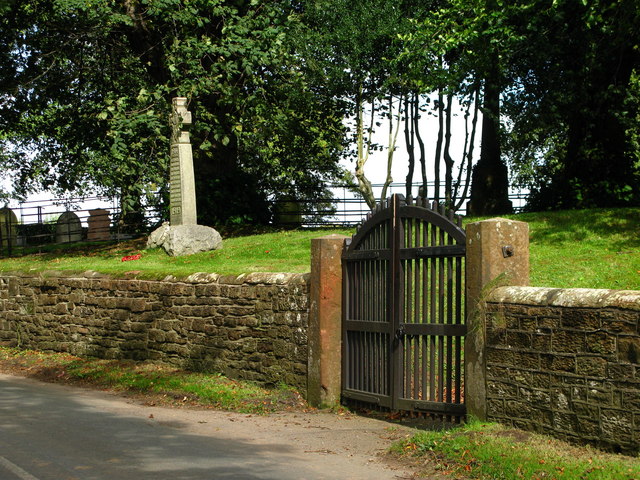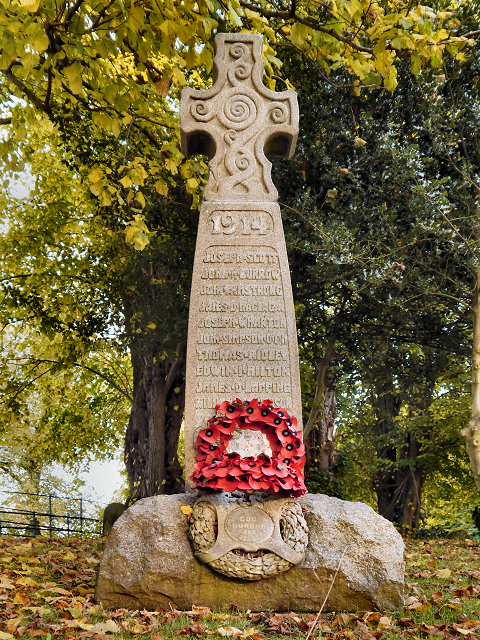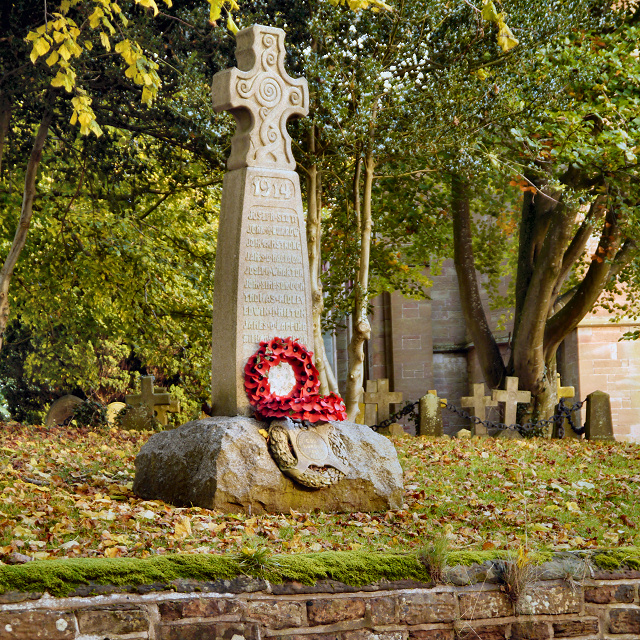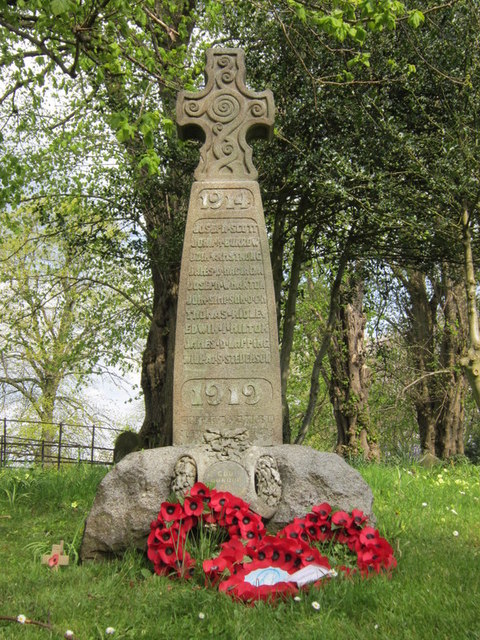Topics > Cumbria > King's Meaburn
King's Meaburn
King's Meaburn is a village in the Eden district of Cumbria, situated by the River Lyvennet. The village is located about 4 miles west of the town of Appleby-in-Westmorland and 1½ miles south-east of the village of Morland. Historically, King's Meaburn was a township in the ancient parish of Moreland in Westmorland. Today the village and surrounding area form King's Meaburn Civil Parish.
MEABURN, KING'S, a township, in the parish of Morland, West ward and union, county of Westmorland, 1½ mile (E.) from the village of Morland; containing 200 inhabitants. A school, built in the year 1834, is endowed with the interest of £200.
Extract from: A Topographical Dictionary of England comprising the several counties, cities, boroughs, corporate and market towns, parishes, and townships..... 7th Edition, by Samuel Lewis, London, 1848.
King's Meaburn is a small village and civil parish in Cumbria. It is located 5 miles (8.0 km) from Appleby-in-Westmorland and 10 miles (16 km) fromPenrith, in the valley of the River Lyvennet. The river flows just to the west of the village, and is crossed by a ford on the road to Newby and Morland.
The village is known for its annual Beer Festival at The White Horse.
History
King's Meaburn was thought to be an Anglo-Saxon settlement in the 7th and 8th centuries. This idea is reinforced by the fact that Meaburn is an Anglo-Saxon name. The name is derived from "Meadburn", which means "meadow by a stream".
The name King's Meaburn goes back to the 12th century. The King at the time, Henry II, gave part of the village's lands to Sir Hugh de Morville, and the other part to his sister, Maud de Veteripont. Sir Hugh eventually fell out of favour with the King, after which the King reclaimed Sir Hugh's section of the land, and hence the name King's Meaburn. The land that belonged to Maud was and to this day (September 2008) is called Maulds Meaburn.
One notable event in the village was in 1745 when Charles Edward Stuart aka Bonnie Prince Charlie and some of his soldiers crossed the ford in the village on their way to rendezvous with more of his troops in Shap.
Geography and Weather
Due to the village's position relative to the nearby mountains, the village can be subject to strong winds known as the Helm Wind.
Churches
Churches in King's Meaburn include St Mary's, the Wesleyan Chapel and the New Methodist Church.
Watermill
Steele's Mill is now a holiday cottage. It retains a waterwheel, three grinding stones set into a floor, and the original apple-wood cogs and gearing encased in glass.
Public Services
The village has an inn called the White Horse Inn which doubles up as a post office. King's Meaburn used to have a school until it closed down in 1983.
Visit the page: King's Meaburn for references and further details. You can contribute to this article on Wikipedia.

from https://commons.wikimedia.org…
Plaque at King's meaburn, Cumbria
- Public domain photo by 'Northernhenge', 16 April 2009, c/o Wikimedia Commons.
Added by
Edmund Anon


from https://commons.wikimedia.org…
Plaque at King's meaburn, Cumbria
- Public domain photo by 'Northernhenge', 16 April 2009, c/o Wikimedia Commons.
Added by
Edmund Anon
